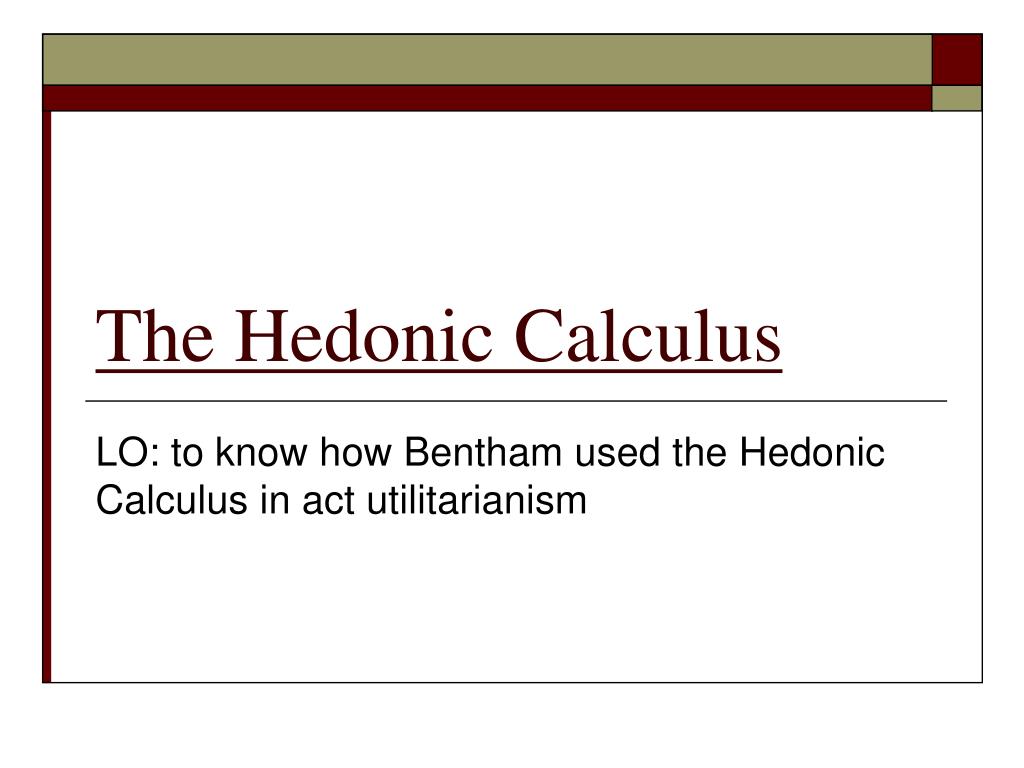


Too much of a good thing is never good.Other than the studies around chocolate and commercial interruptions, another found that taking breaks while listening to music or getting a nice massage protracted and increased the pleasure subjects received.

It was found that control group B reported higher treat savouring, higher happiness and was in a better mood after eating the treat. After the two-week period, both groups were then given chocolate. Group A were allowed to binge on unlimited choccies, whereas group B had none. This then results in no permanent gain in happiness.ĭuring the late 1990s, the concept was modified by Michael Eysenck, a British psychologist, to become the current “hedonic treadmill theory” which compares the pursuit of happiness to a person on a treadmill, who has to keep working just to stay in the same place.Ī 2-week Harvard study was carried out on chocolate consumption with two groups for a two week period. Hedonic adaptation is the tendency of us mere humans to quickly return to a relatively stable level of happiness despite major recent positive or negative events or life changes. According to this theory, as we make more money (or eat more choccy), our expectations and desires rise in tandem.


 0 kommentar(er)
0 kommentar(er)
